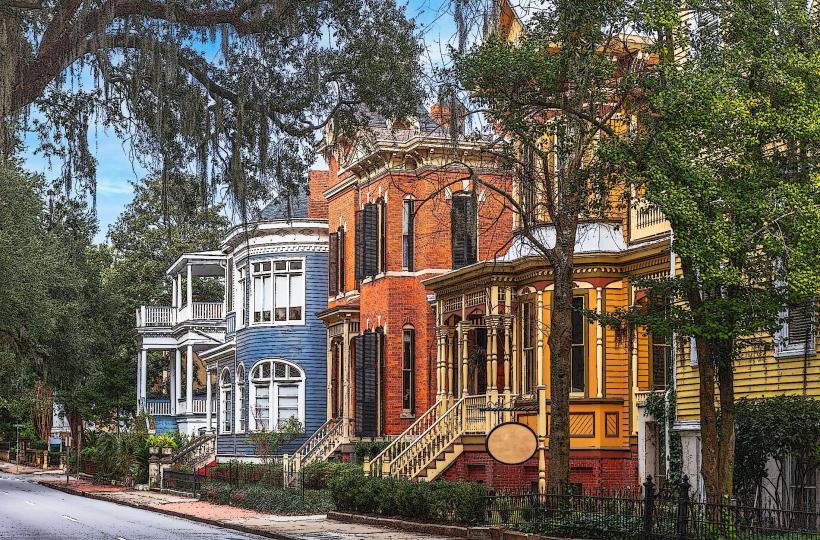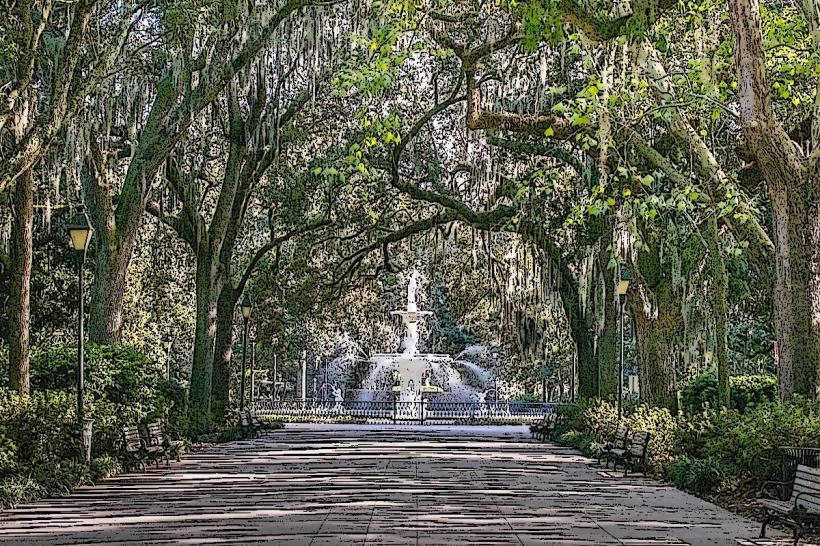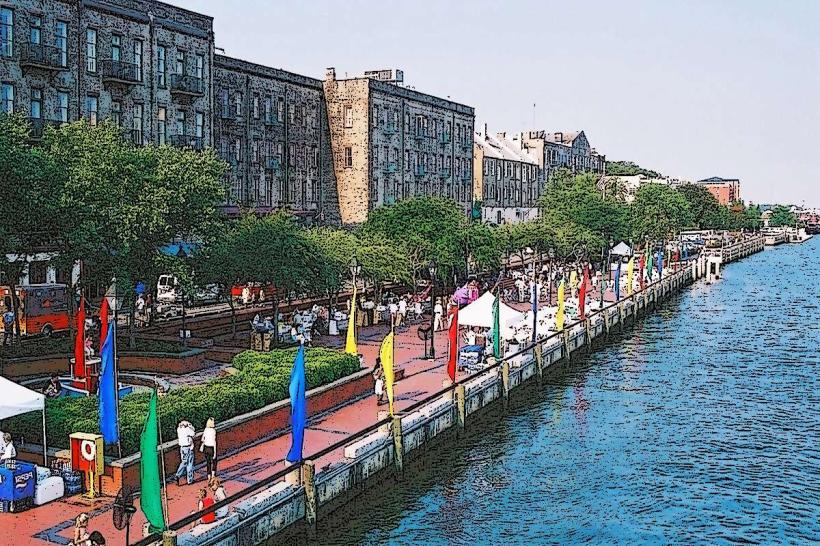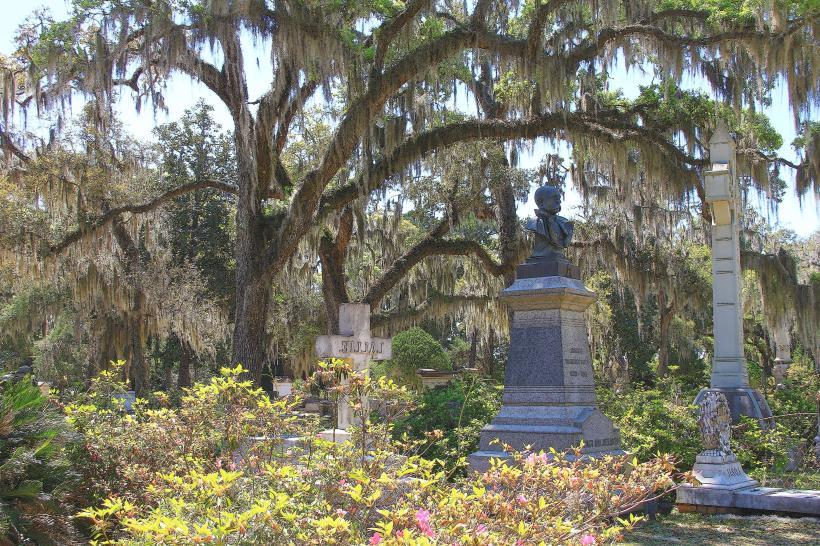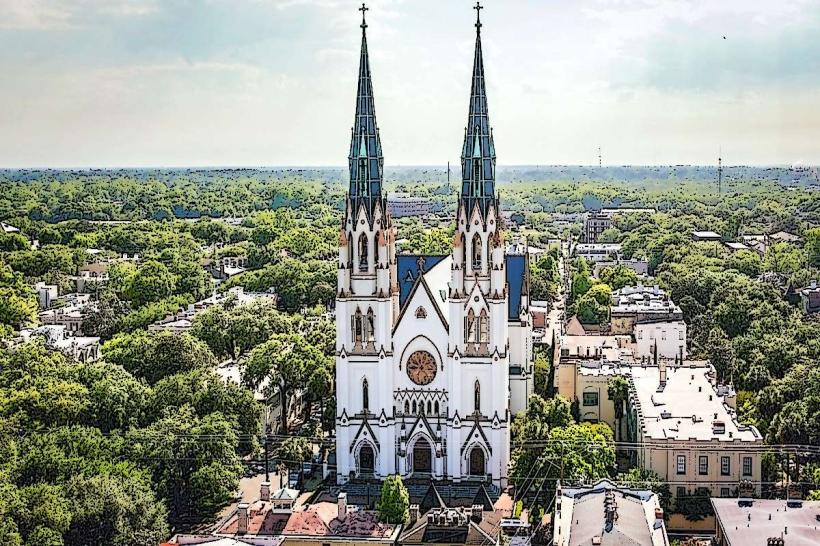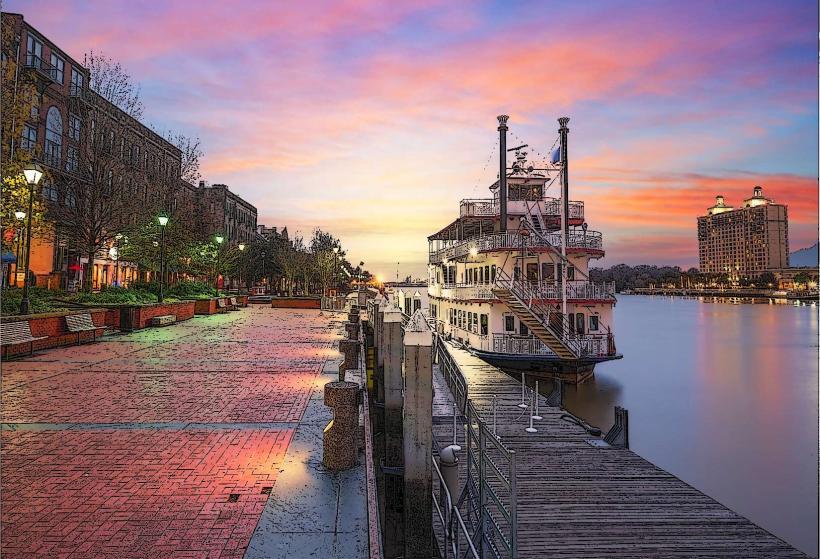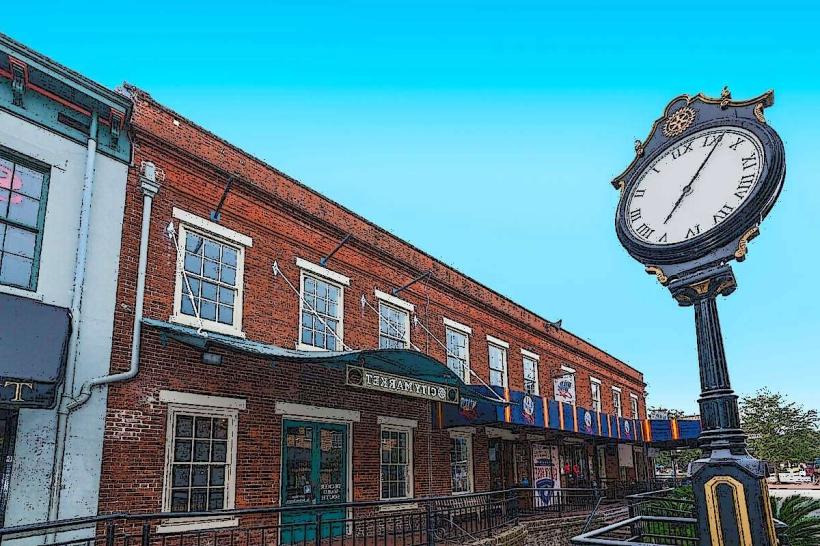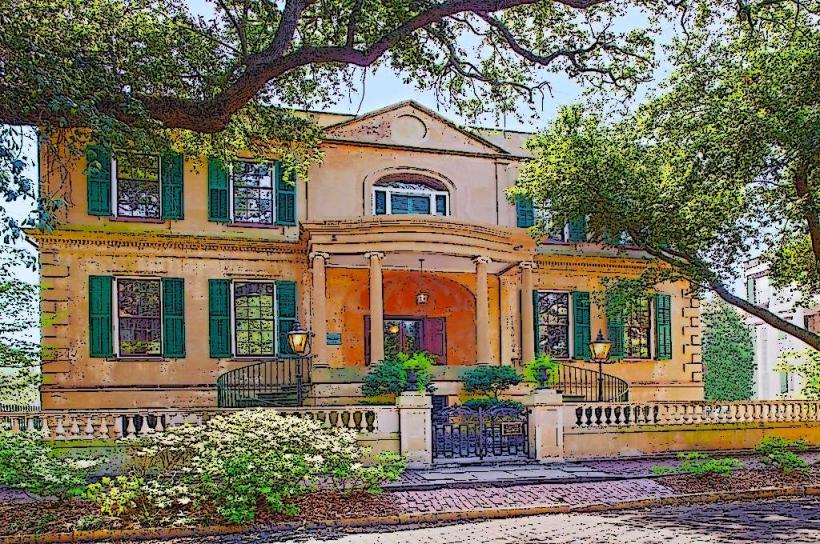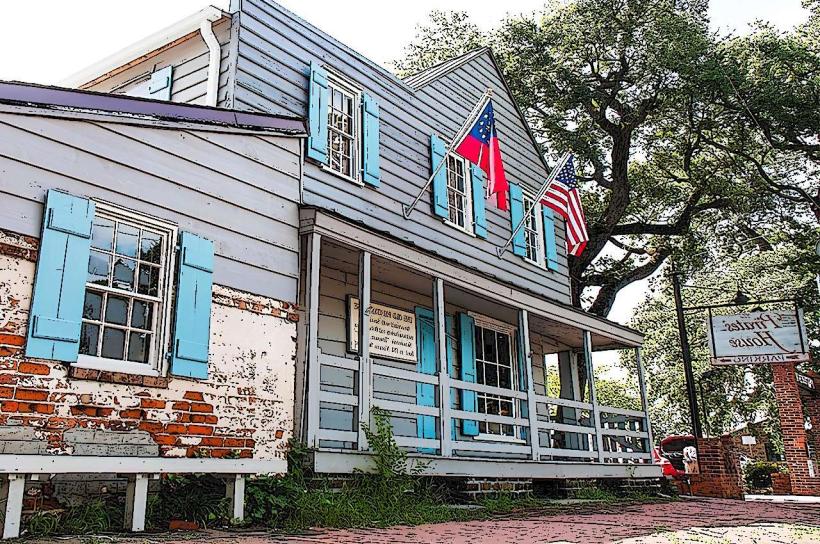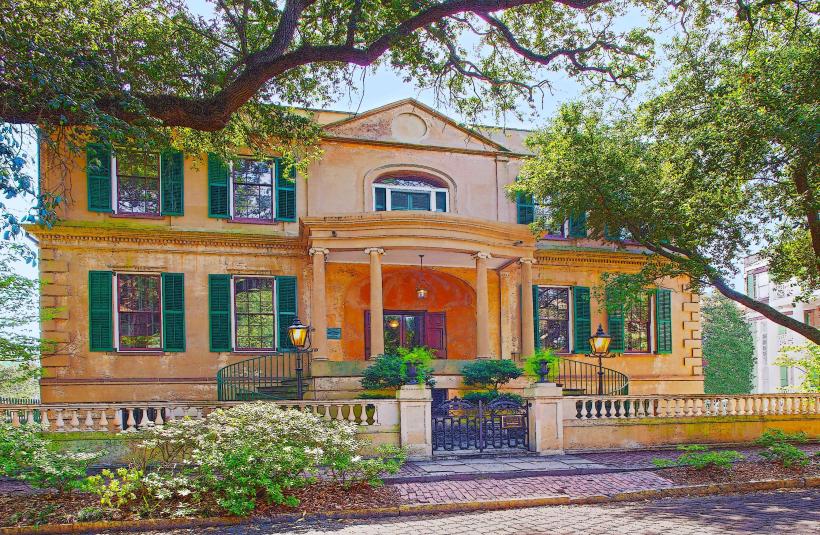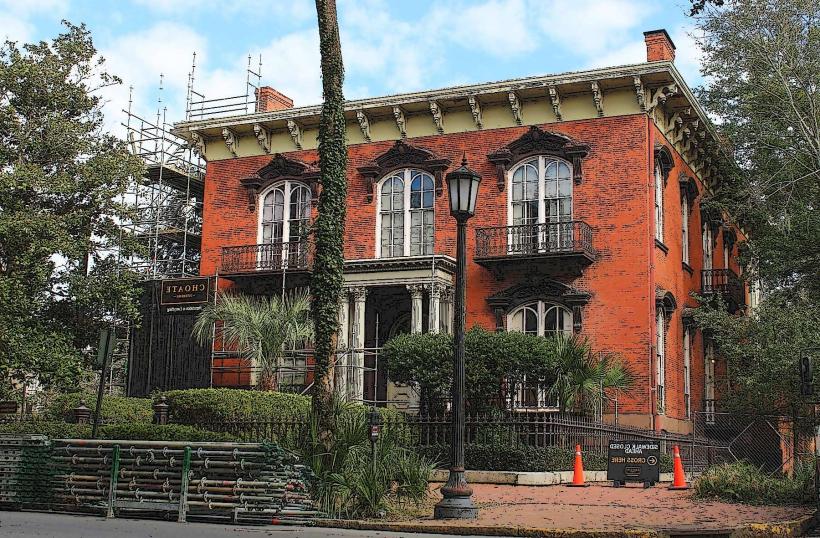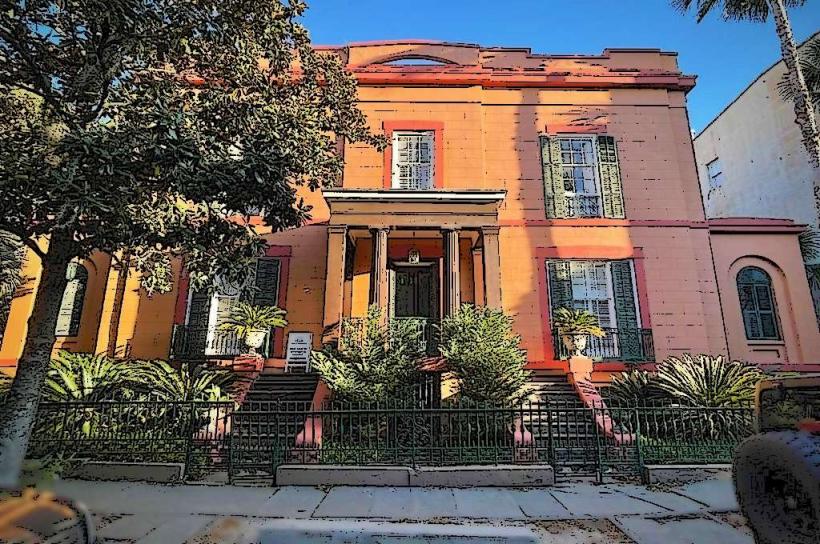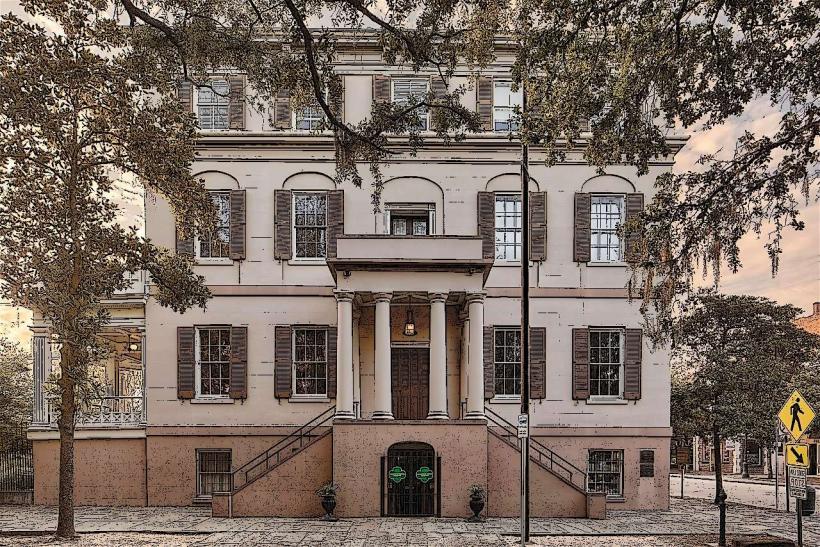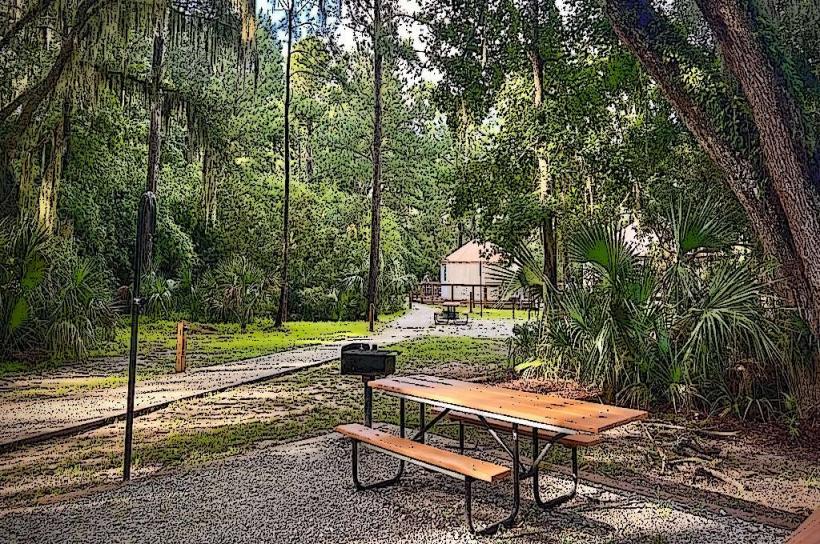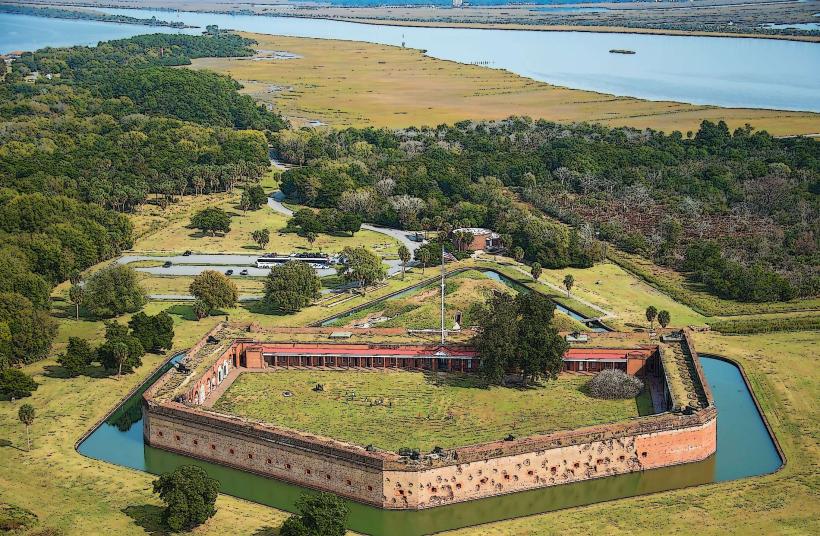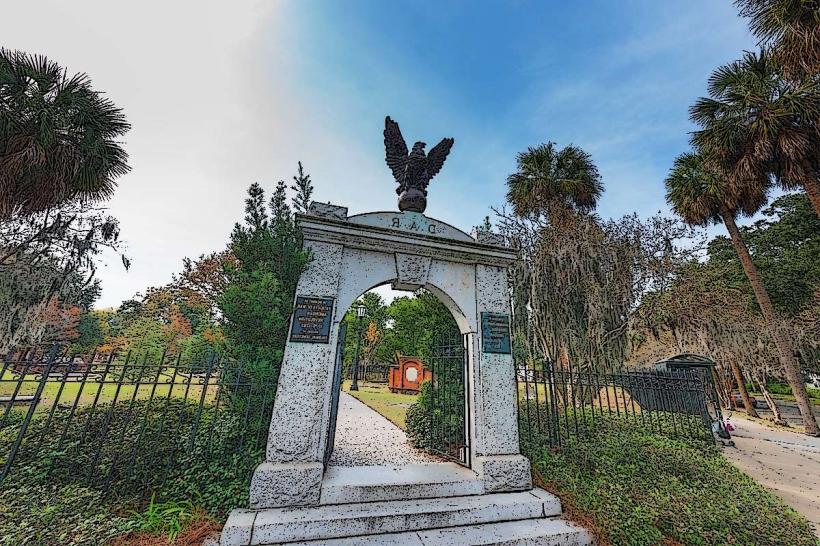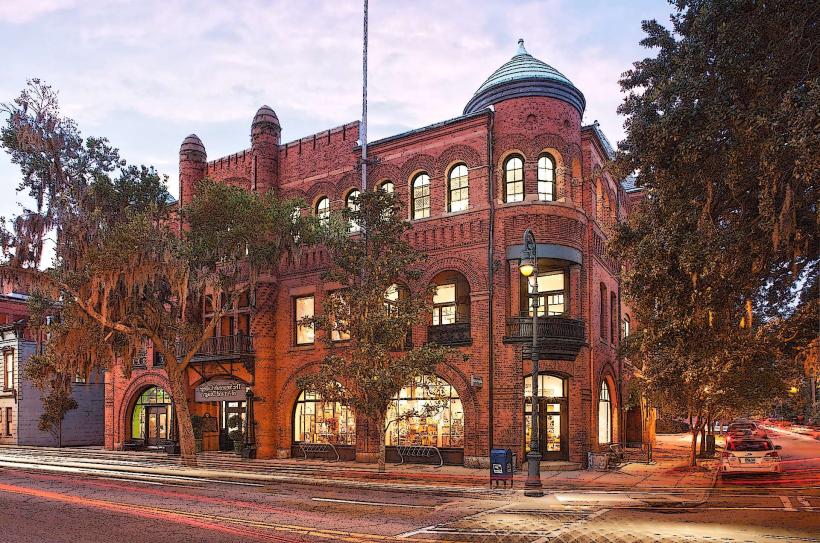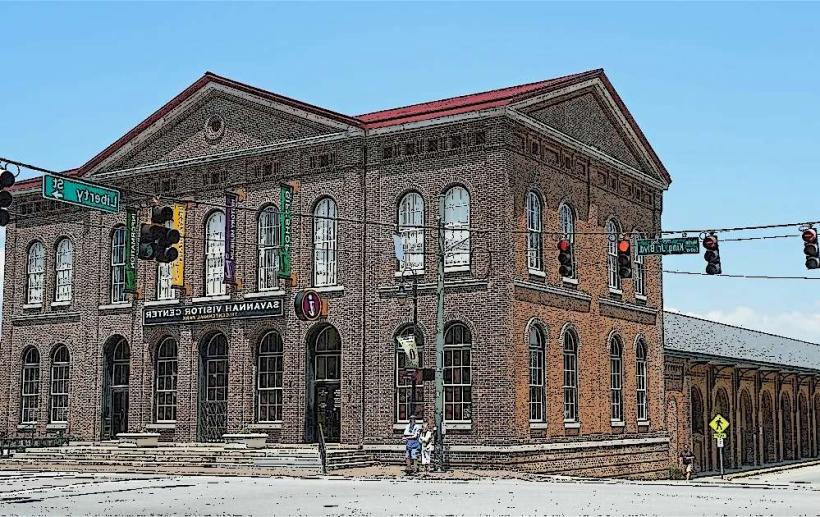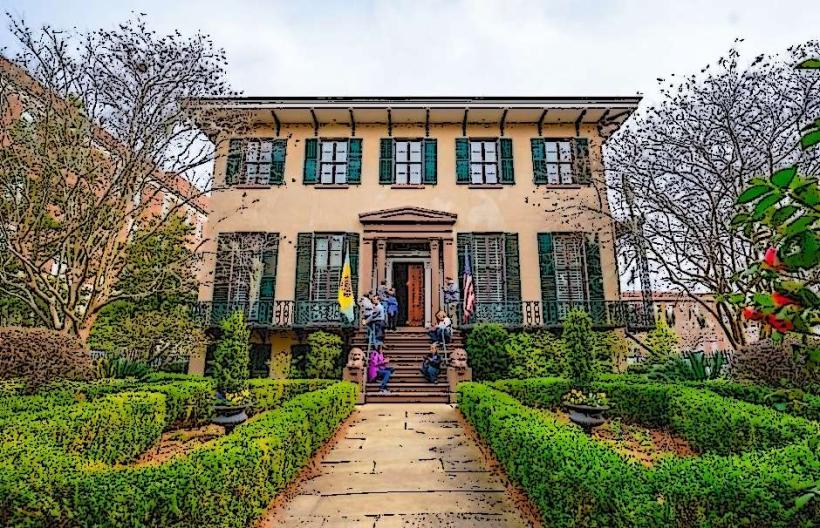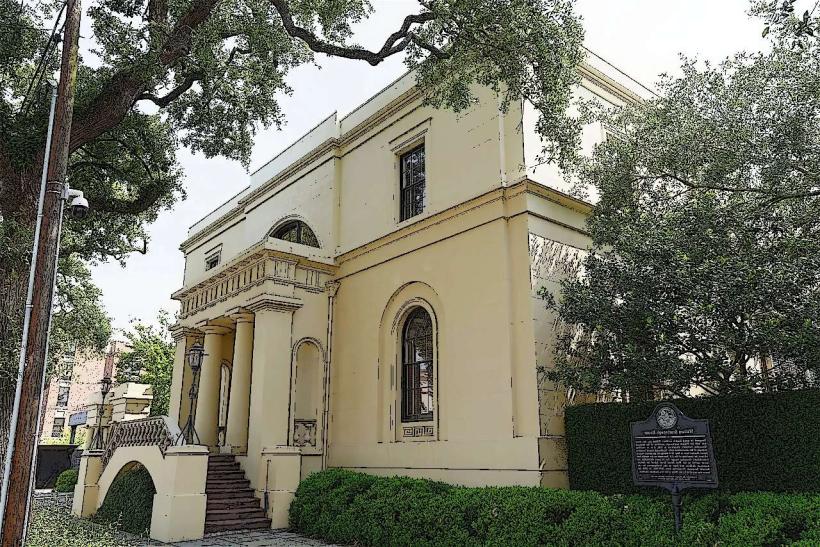Information
Landmark: Wormsloe Historic SiteCity: Savannah
Country: USA Georgia
Continent: North America
Wormsloe Historic Site, Savannah, USA Georgia, North America
Overview
Just southeast of Savannah, Georgia, Wormsloe Historic Site draws you in with its deep history and the quiet beauty of its moss-draped oaks, in addition visitors get a rare view at Georgia’s early colonial past, surrounded by moss-draped oaks, striking natural scenery, and carefully preserved buildings.Truthfully, Visitors come for the sweeping avenue of live oaks hung with silver Spanish moss, the weathered colonial ruins, and hands-on educational programs, after that wormsloe sits about eight miles from downtown Savannah, out on the Isle of Hope, a quiet peninsula edged with winding tidal creeks and broad, silver-gray rivers, in a sense The site spans about 776 acres, where crumbling stone ruins meet untouched meadows and winding trails that share their stories, moreover in the early 1700s, Noble Jones-one of Georgia’s first settlers-founded Wormsloe as a colonial estate, planting it among salt-scented marshes and playing a pivotal role in the colony’s beginnings, slightly often In the early days of the government, Jones was appointed an official and put up a sturdy tabby fort on this land-a home with thick, shell-packed walls that doubled as protection against attack during the restless colonial years, along with for generations, the Jones family ran their plantation on this land, watching Georgia grow from a rough, undeveloped colony into a thriving patchwork of golden fields and busy farms.The estate held wide fields for crops, cramped slave quarters, and neat gardens lined with trimmed hedges, therefore the crumbling walls of the antique fortified tabby house stand at the heart of Wormsloe, a striking reminder of its past.Interestingly, Tabby is a sturdy, concrete-like mix of lime, sand, oyster shells, and water, often seen in colonial buildings along the coast, where you can still spot its pale, shell-speckled walls, consequently these ruins offer a rare, tangible link to early 18th‑century colonial life, where stone walls once guarded against attack.Live Oak Avenue stretches for a mile beneath towering oaks, their branches draped in silver moss, making it one of Wormsloe’s most unforgettable views, along with sprawling branches draped in soft Spanish moss shape a classic Southern Gothic scene, the kind you’ll spot in countless photos and paintings of Savannah and coastal Georgia.Nature Trails: Visitors can wander or cycle along paths that wind through maritime forests, cross quiet salt marshes, and trace the edges of sunlit creek shores, with chances to spot herons, fiddler crabs, and other wildlife unique to Georgia’s coast, subsequently reconstructed features at Wormsloe bring the ruins to life with rebuilt colonial-era houses and sturdy farm sheds, offering visitors a glimpse of plantation work, crops rustling in the breeze, and the economic rhythms of the colonial South.As it turns out, At Wormsloe Historic Site, the Georgia Historical Society runs an outdoor museum, where visitors can join educational and interpretive programs beneath the sprawling live oaks, furthermore visitors can explore interpretive exhibits, join guided tours, and take part in educational programs covering Georgia’s early settlement, the life and legacy of Noble Jones and his family, colonial plantation life and the role of enslaved Africans, and the coastal region’s rich ecology, fairly Living history demonstrations-like the sharp ring of a blacksmith’s hammer-along with seasonal events bring the 18th-century world vividly to life, then wormsloe offers a vivid glimpse into Georgia’s colonial past, from the rough beginnings of settlement to the watchful defense of its coast and the long rows of plantation crops swaying in the summer heat, somewhat It safeguards architectural and archaeological treasures, along with the rolling hills and riverbanks that once sustained entire communities, in turn the site shows how human history and the environment are deeply tied together, from ancient trade routes to shifting shorelines, and it urges visitors to protect and respect the coastal ecosystem, moderately At Wormsloe, you can wander through centuries-antique ruins, pedal or roam beneath a tunnel of towering oaks, follow quiet nature trails, and get hands-on with interactive exhibits inside the visitor center, meanwhile you’ll find picnic tables shaded by timeworn oaks, a cozy gift shop, and facilities built with families, history buffs, and nature lovers in mind.Blending rich history with sweeping live oak views, Wormsloe draws visitors looking for a thoughtful, hands-on escape just beyond Savannah’s bustling streets, as a result the Georgia Historical Society, along with its partners, works hard to safeguard Wormsloe’s crumbling tabby walls, its sweeping oak-lined grounds, and the materials that tell its story.They’re working to stabilize historic buildings, safeguard fragile habitats, and open the area up for visitors-while making sure people leave with something they’ve learned, not only that wormsloe Historic Site tells the story of Georgia’s colonial beginnings, where weathered tabby ruins rise among sweeping oak trees draped in Spanish moss.Wormsloe draws you in with its crumbling tabby ruins, the long sweep of oaks dripping with moss, and programs that bring history to life, linking you to Savannah’s and Georgia’s earliest days while honoring the coast’s distinctive landscape.
Author: Tourist Landmarks
Date: 2025-10-03

